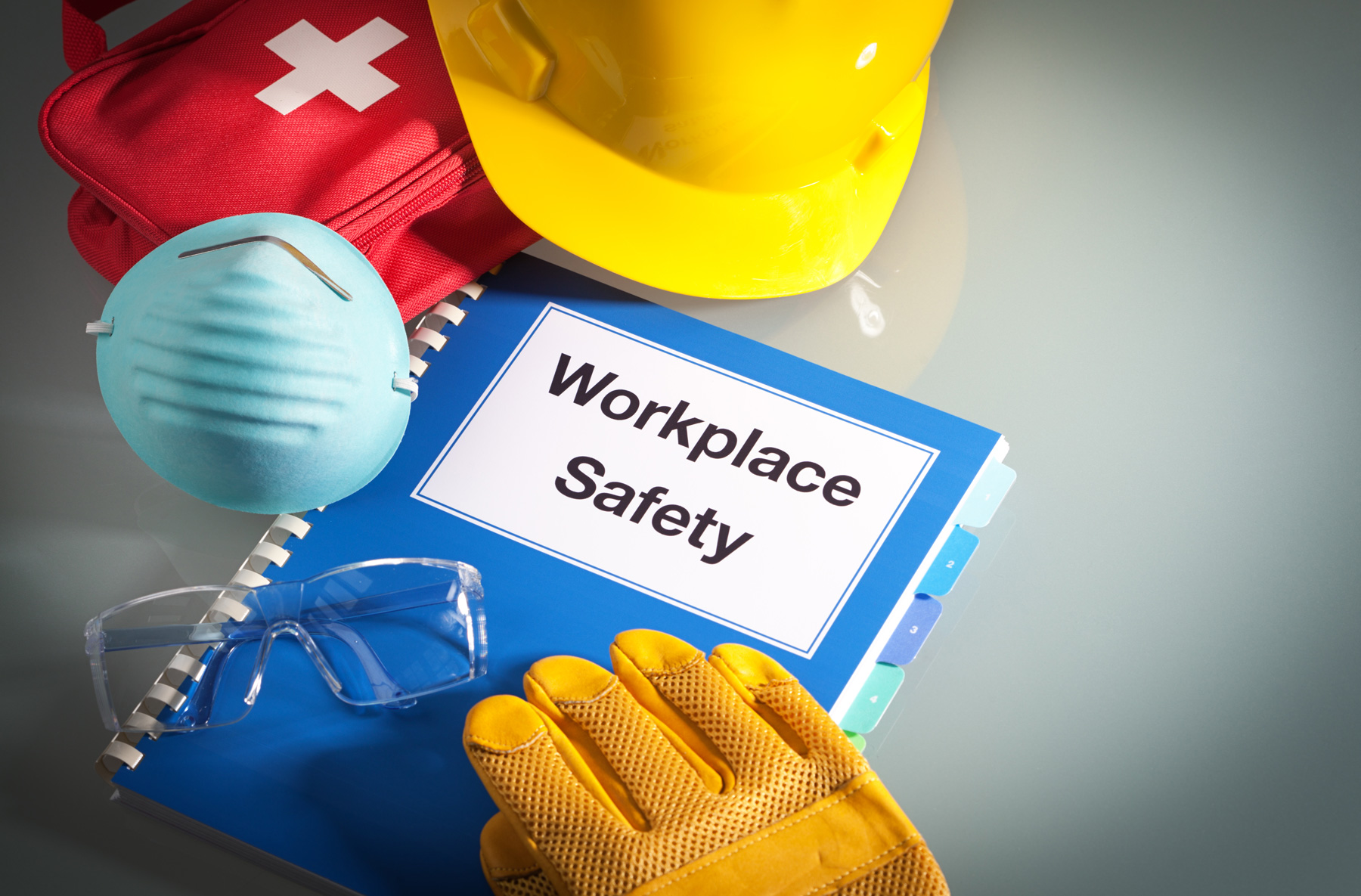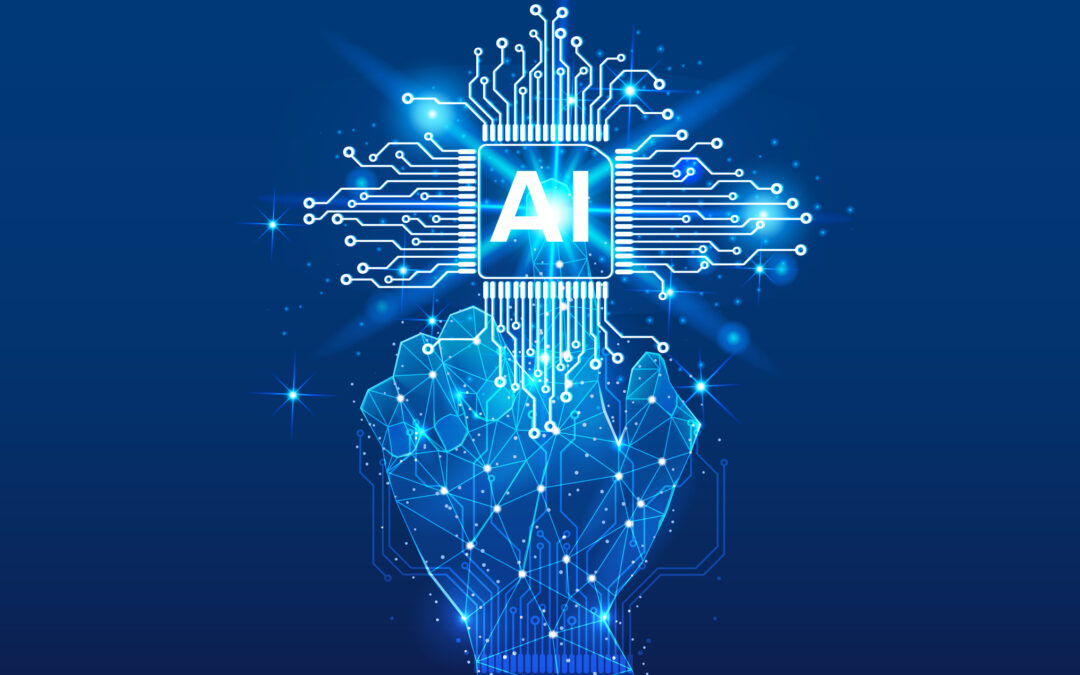Machine learning and AI play a major role in safety and security at all facilities. As AI develops, security companies, providers, and personnel are interested in discovering how safe it can be in common environments, such as schools and the workplace.
To gauge what’s ahead in AI trends in security and surveillance, we must examine modern technologies already adopted and concepts introduced over the past year.
Faster Facial Recognition
AI-powered facial recognition enables security to identify and track individuals moving through a crowd. In the context of access control, facial recognition can also authenticate authorized parties and identify individuals who do not have permission to be where they are.
AI in Video Surveillance
AI-based analyses can be run across video surveillance to detect and distinguish suspicious activity and threats. Relevant security personnel can be alerted, reducing the effort required to secure a large-scale environment.
AI-Led Predictive Analytics
With the right amount of data, AI can use predictive analytics software to model future situations. This can help improve the security of difficult-to-secure environments such as open-air stadiums and similar settings.
Track Physical Assets
AI can recognize unique objects that a business wants to track or count. This includes logos, vehicles, uniforms, forklifts, or specific items, such as flat-screen TVs or strollers. AI enhances security by noting where specific assets are and automating their surveillance.
Weapon Detection Technology
Weapon detection scanners are in use in hundreds of schools and environments all over the continent. These scanners use AI threat detection algorithms to identify concealed weapons quickly. A person must walk by and receive a non-invasive scan that will alert security if a weapon has been found.
AI-Powered Biometrics
Biometrics have meant AI can gauge whether a person presenting is who they say they are. It can detect forged documents, verify user identities, and protect data from unauthorized users.
Autonomous Surveillance Drones
AI-powered autonomous surveillance drones can capture all sorts of data. This form of information security and monitoring means patrols can be launched from anywhere, detecting anomalies as they present. It also captures real-time footage that can be diverted to relevant personnel.
AI-Based Security Systems
It is even possible to run an entire security system led by AI or have AI integrated into an existing security system. This means threats and suspicious behaviour can be found, alerts set, first responders notified, and lockdowns automatically triggered, i.e. locking doors, sounding alarms, and more.
Direct Security Personnel
Based on data culled from access logs and video feeds and then run through AI for anomaly detection and activity tracking, reports can be sent in real time to security officers. AI can also direct personnel to review and act against specific threats.
Streamline Data Management
As you collect large amounts of data, you must send it to high-volume storage if you intend to use it. AI can help tame this flow of security information, run analyses, and provide actionable intelligence.
Better Cybersecurity
AI advances cybersecurity in a major way, encouraging more IoT adoption and system integration. Some areas it revolutionizes include access control, smart storage, environmental controls, and inventory management software. Thanks to AI’s work on the back end, everyday businesses feel more secure in accepting more technology into their environment.
Use of AI In Forensic Responses
If you are holding on to your security data, AI can look back and retrieve relevant information for you if there is an incident. This may mean searching through logs and video archives to identify past behaviour. It may also mean using facial recognition to determine if a specific individual is in a specific location.
Weaponizing AI As a Threat
Unfortunately, hackers can use AI to launch sophisticated attacks against a company or brand. These attacks are becoming harder to overcome, resulting in lost access control credentials, passwords, and other sensitive business information. This highlights the need for advanced AI detection capabilities for emerging digital threats.
For Use in High-Security Environments
AI in security finds its best adopters in high-security environments. Airports, sports venues, concert venues, schools, and government buildings are all settings that are not the easiest to secure. However, AI is finding growing use in facial recognition, predictive analytics for threat detection, and weapon detection technology.
Responsible Approach to Privacy
As all these new security services are created, released, and utilized, it is also a key AI trend in security and surveillance to take reasonable steps to respect privacy. It is expected that private data will remain private, and AI security companies are under pressure to maintain utmost transparency.




